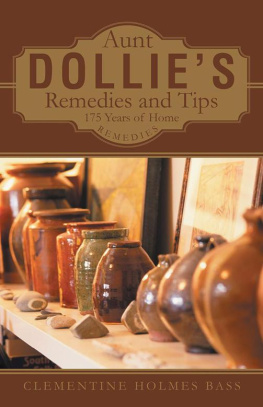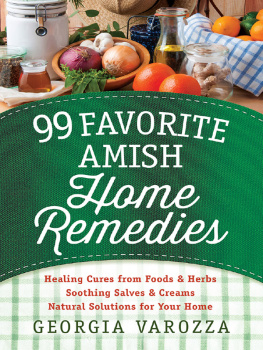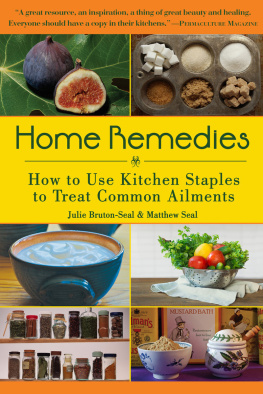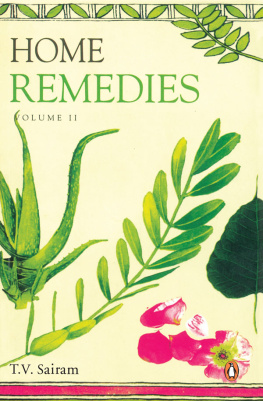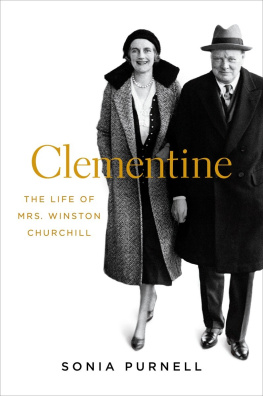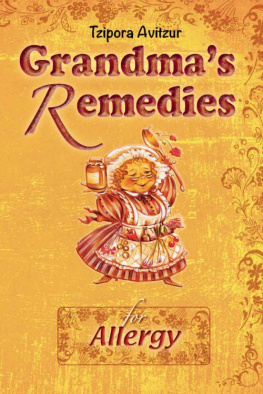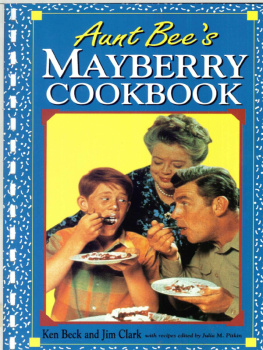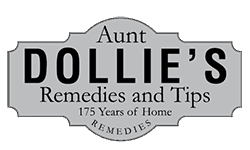
CLEMENTINE HOLMES BASS
iUniverse LLC
Bloomington
Aunt Dollies Remedies and Tips
175 Years of Home Remedies
Copyright 2013 by Clementine Holmes Bass.
All rights reserved. No part of this book may be used or reproduced by any means, graphic, electronic, or mechanical, including photocopying, recording, taping or by any information storage retrieval system without the written permission of the publisher except in the case of brief quotations embodied in critical articles and reviews.
The contents of this book do not reflect my views or support. I disclaim any responsibility on my part for the recipes or suggested ingredients for remedies. This book is written only for entertainment and historical value. Neither the author nor iUniverse recommends the use of any remedies or assumes any responsibility if you decide to do so. The repertoires of the cures or remedies are from Rison, Cleveland County, Arkansas, senior citizens and my aunt Dollie Holmes Coleman. I hold myself harmless for any offense caused by these depictions. It is not my intent to malign any ethnicity, company, or organization.
After suggested ingredients for remedies. (Paregoric around 1970) is listed as a controlled substance throughout the United States and Canada and requires a prescription from a physician.
iUniverse books may be ordered through booksellers or by contacting:
iUniverse LLC
1663 Liberty Drive
Bloomington, IN 47403
www.iuniverse.com
1-800-Authors (1-800-288-4677)
Because of the dynamic nature of the Internet, any web addresses or links contained in this book may have changed since publication and may no longer be valid. The views expressed in this work are solely those of the author and do not necessarily reflect the views of the publisher, and the publisher hereby disclaims any responsibility for them.
Any people depicted in stock imagery provided by Thinkstock are models, and such images are being used for illustrative purposes only.
Certain stock imagery Thinkstock.
ISBN: 978-1-4917-0214-7 (sc)
ISBN: 978-1-4917-0216-1 (hc)
ISBN: 978-1-4917-0215-4 (ebk)
Library of Congress Control Number: 2013914675
iUniverse rev. date: 09/10/2013
Contents
This book is dedicated to the second generation
of Ed and Rosie Holmes.

My father would drive down an old, rocky road and then down a trail surrounded by trees and thickets to a gate in an old wooden fence. Beyond the fence was the small white house where Aunt Dollie lived. Aunt Dollie always seemed to be happy; she always had a dip of snuff and a wide grin. I loved listening to her talk. Her house always had an aroma of something in the ovenbaked sweet potatoes, cornbread, cookies, or a cake. I recall being congested with a very bad cold. Aunt Dollie had the cure: cow chip tea. Following her directions, my mother started to boil the ingredients. The aroma was so pungent it made me sick, so I went to bed and pretended to be asleep. Nevertheless, I was soon called to the kitchen and instructed to drink the concoction. I cried, but it did not matter. Aunt Dollie told me to hold my nose and drink, so I did. I must say that I felt better almost immediately. This was one of many times Aunt Dollie cured my ills. She said that it did not make sense to buy something when she knew a remedy she could make herself. After finishing high school, I attended the University of Arkansas at Pine Bluff, which was thirty miles from Rison, where Aunt Dollie lived. I relied on Aunt Dollie to help my college friends and me with our ailments, which was invaluable to us. After college, I received a masters degree and an administrative certification. I taught kindergarten for sixteen years prior to assuming the duties of a public school administrator for fifteen years. Aunt Dollie was so proud of my accomplishments, and she often offered advice, which she called common sense, during my tenure in education. She passed away at eighty-five years of age; however, her remedies, advice, and love are still alive.
I never missed an opportunity to go to Aunt Dollies house, knowing there would be something good to eat and an unbelievable story to hear. A dirt road off the old highway in Cleveland County, Arkansas, led to my fathers familys modest white framed house nestled in the woods. A lazy, sleeping dog would be resting in the yard. Every time my father said, Im going down to the house, I would stop what I was doing and ask to go with him. My fraternal ancestors were Choctaw Indians, and they had lived on the land. Aunt Dollie recalled that my great-grandmother lived in something like a wigwam in the woods. My grandmother would visit her mother with her children in tow, all of whom were afraid of their grandmother. She said she was a really small woman with long, white braids And her eyes were like two black holes in her head. She specifically remembered hiding behind my grandmothers apron so she could not see her.
The house was Aunt Dollies. When she was eighteen, she walked to the Cleveland County, Arkansas, courthouse with Grandmother Rosa to acquire the house and land through the Homestead Act. She had the house renovated and stayed there with my grandmother until she passed away. Each summer, my aunts, uncles, and cousins would gather at the house for a family reunion. We had all sorts of things to eat and drink, and the adults drank homemade beer Aunt Dollie brewed from brown syrup and water. There was music, ball games, and talent shows, and if we were nice, we could ride Dolly the horse. The entertainment never seemed to end.
I could talk to Aunt Dollie about anythingno subject was off limits. The tradition of my ancestors was the only way my grandmother and grandfather knew to provide for the family. Grandmother did most of the farmingharvesting crops of corn, beans, squash, and greenswhile Grandfather and the older boys would hunt for deer, turkey, wild hogs, and other small game. They would also fish in rivers and stop along the way offering the neighbors some of their catch. They grew their own food, cured their meat, and canned fruit and vegetables. The family had chores that required tending the garden and walking the fields.
At four oclock each day, they had breakfast. After breakfast, each person had his or her own chores to complete. One had to feed the farm animals, and another plowed and chopped the grass. A third harvested ripe vegetables, put them in a tub, and took them to the porch. To not waste time while picking and choosing ripe fruit, the boys would shake the trees and the girls would gather the fruit from the ground. The three boys cleaned and cared for the yard, and the three girls cleaned the house, which included scrubbing the floors and making the beds.
Grandmother and all of the children worked in the yard. The chores were finished by noon, and that is when the girls would go in and cook supper and the boys would hunt or fish. When evening came, they were allowed to play prior to cleaning themselves and going to bed. They would chase, play hide-and-seek, feed and play with the dog, and run barefoot all around the eighty acres.
When I saw Aunt Dollies feet for the first time, I could not imagine what the knots and circles were. When she noticed my blank stare, she snickered and said, These old feet have been through some hard times. She began to tell a story about every toe and the toenail on her big toes. In Aunt Dollies day, it was pertinent for people to take care of their feet because everyone walked everywhere they went.
Next page
